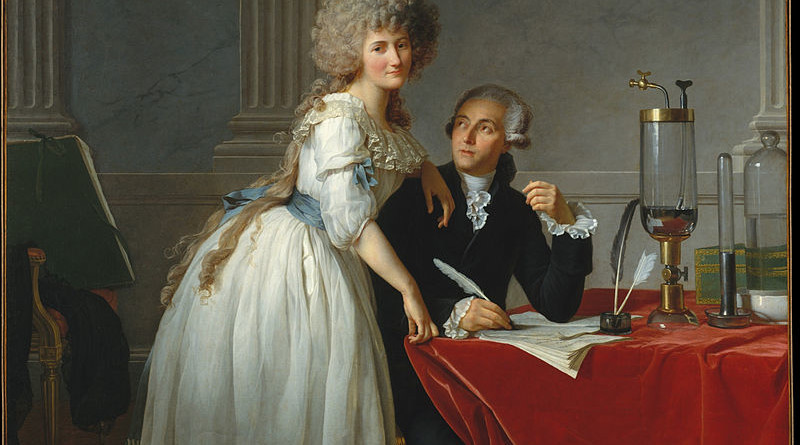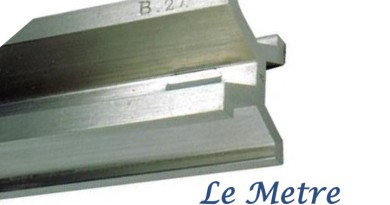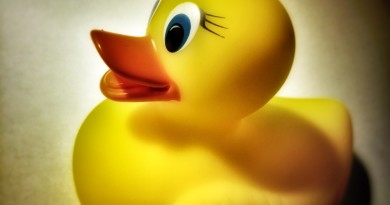Father of Modern Chemistry, Guillotined
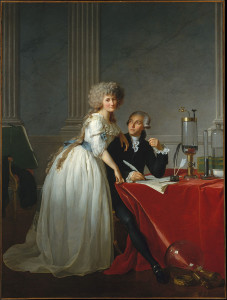
On May 8, 1794 a most remarkable man was marched up to a guillotine and beheaded, ending a lifetime of profound discoveries and intellectual thought.
Antoine Lavoisier is a name that most of us may not recognize; yet he was a man of such intellect that he is credited with being the father of modern chemistry and one of the creators of the meter.
Lavoisier grew up in France, the son of a wealthy attorney. When he was five years old, Lavoisier lost his mother and inherited a fortune and allowed him to study at the prestigious Cóllege Mazarin.
From an early age Lavoisier developed an interest in mathematics, astronomy, botany, geology and chemistry. Although he also obtained a law degree, he never practiced law and continued his scientific pursuits.
In her biography of Lavoisier, Lisa Yount recounts colorful stories that show the extent of his interests and discoveries at the time of the French Revolution.
Lavoisier toiled for years developing a theory of combustion and eventually stumbled on a way to separate the components of water into hydrogen and oxygen, thereby discarding the notion that water was an element.
It requires 85 parts by weight of oxygen and 15 parts of hydrogen to compose 100 parts of water.” Antoine Lavoisier, Elementary Treatise on Chemistry
Remember, this was a time when air, fire, earth, and water were all considered the basic elements of nature for over 2000 years and alchemy was still practiced.
His discovery of multiple elements in the periodic table including sulfur and a prediction of the existence of silicon many years before it was even discovered that lead him to develop a systematic way to name elements and classify them as metals and nonmetals.
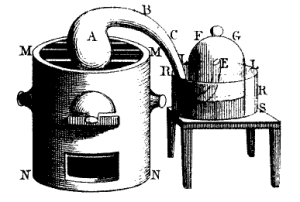
As if his dabbling in chemistry was not enough, Lavoisier was instrumental in designing the meter, a new unit of measure that was to unify France with common weights and measures.
So, how did this resume of accomplishments lead to his execution?
The 1790’s were a tumultuous time in French history with the overthrow of the aristocracy. For several years Lavoisier had acted as a tax farm collector. As the French Revolution Reign of Terror got under way, none of the tax collectors were viewed very favorably and many scientists and intellectuals met the same fate as Lavoisier.
Sadly, a year and half after his death his belongings were delivered to his widow with a note that read “To the wife of Lavoisier, who was falsely convicted”.

